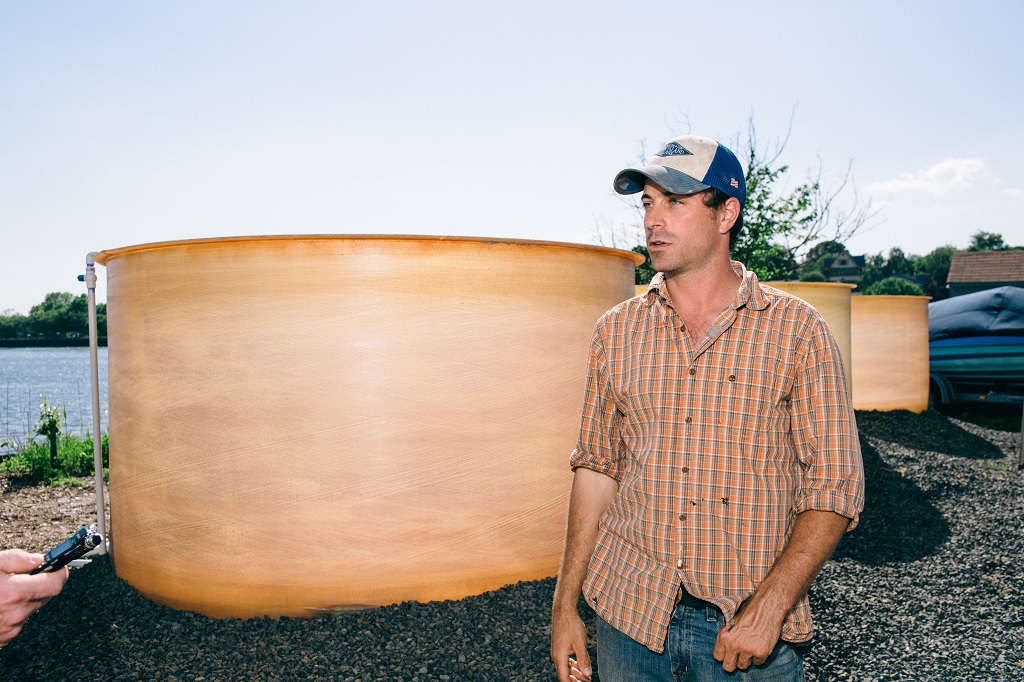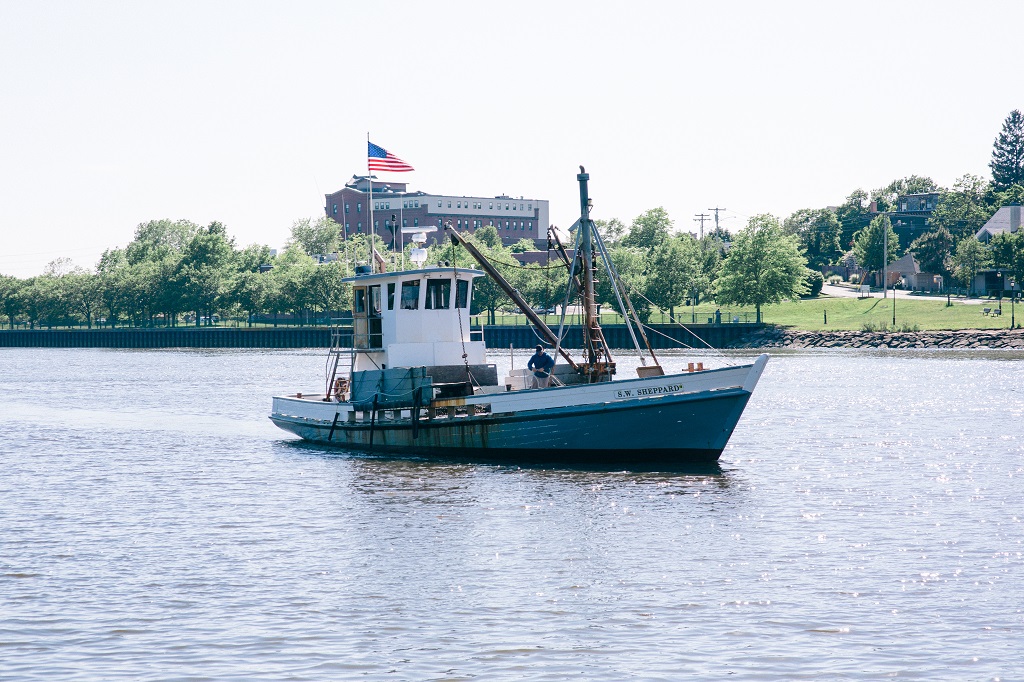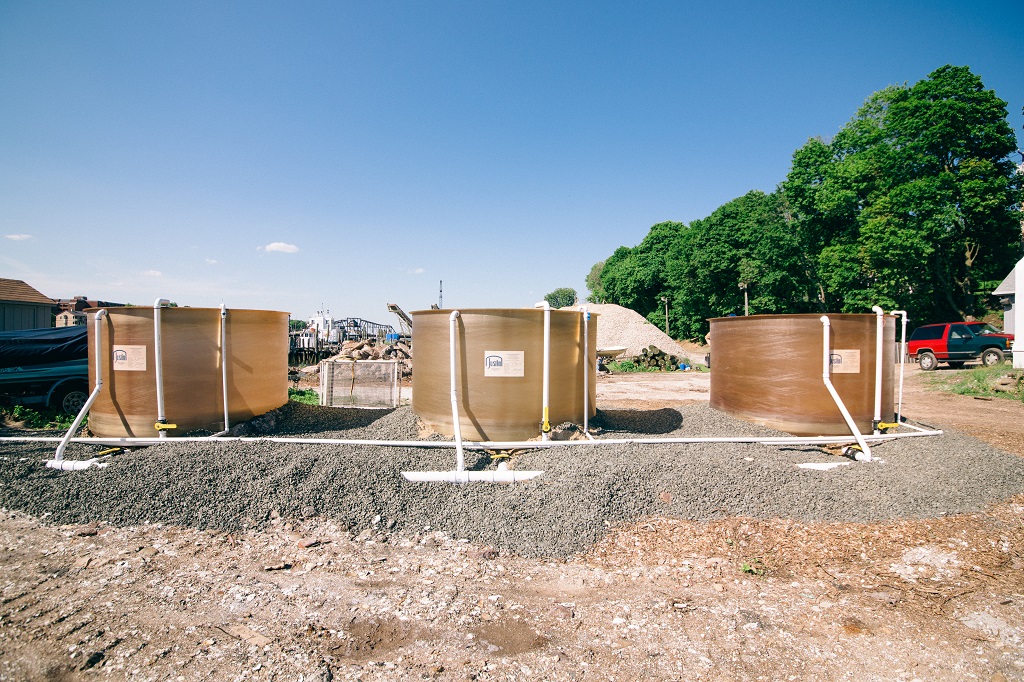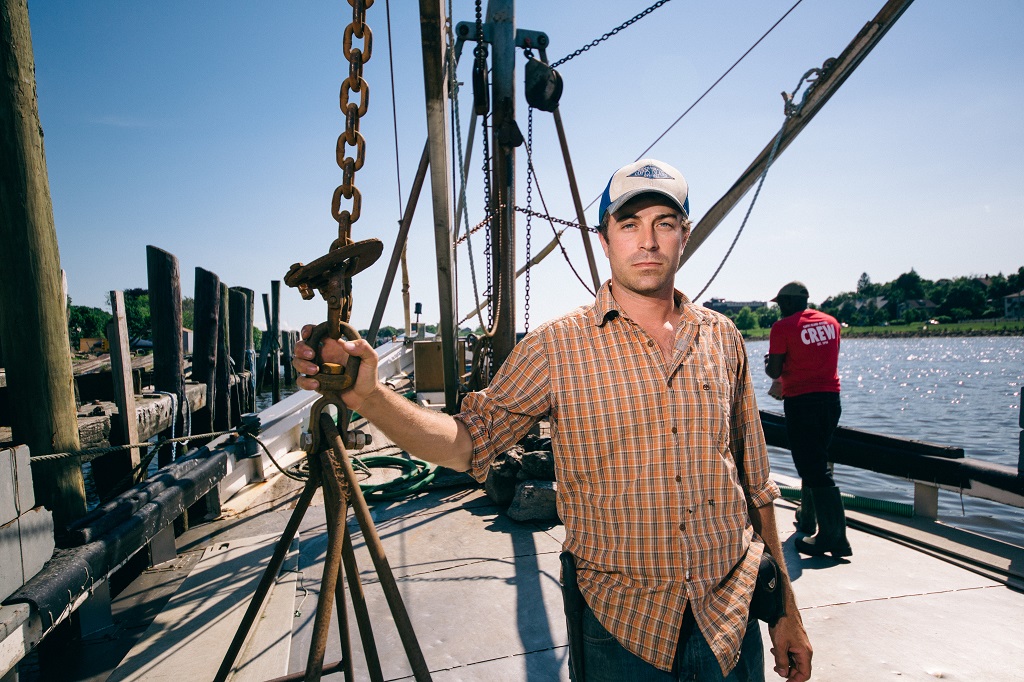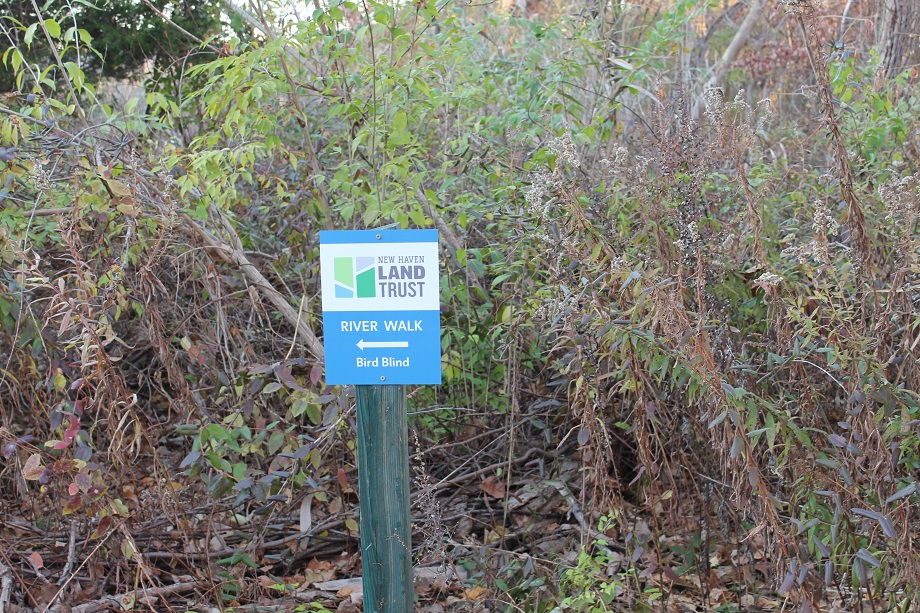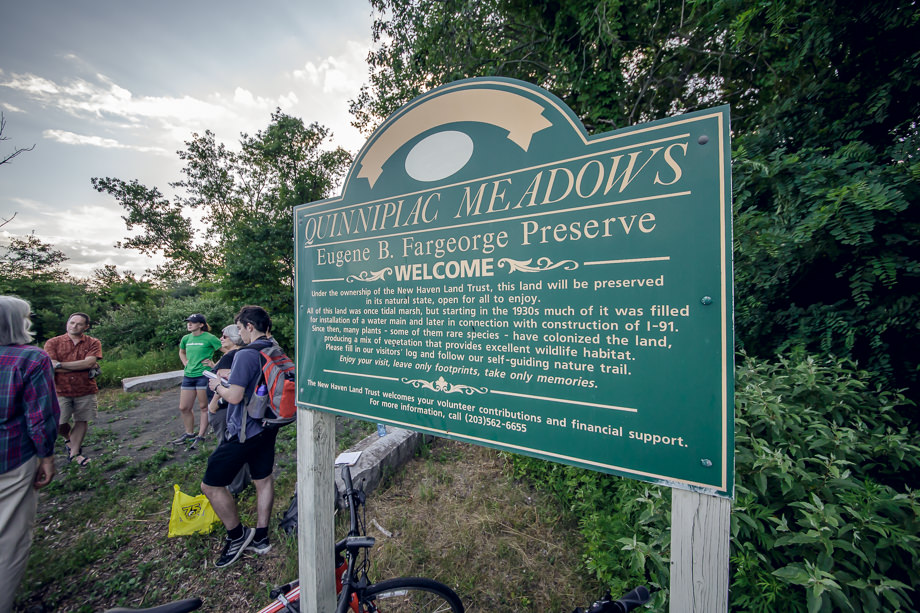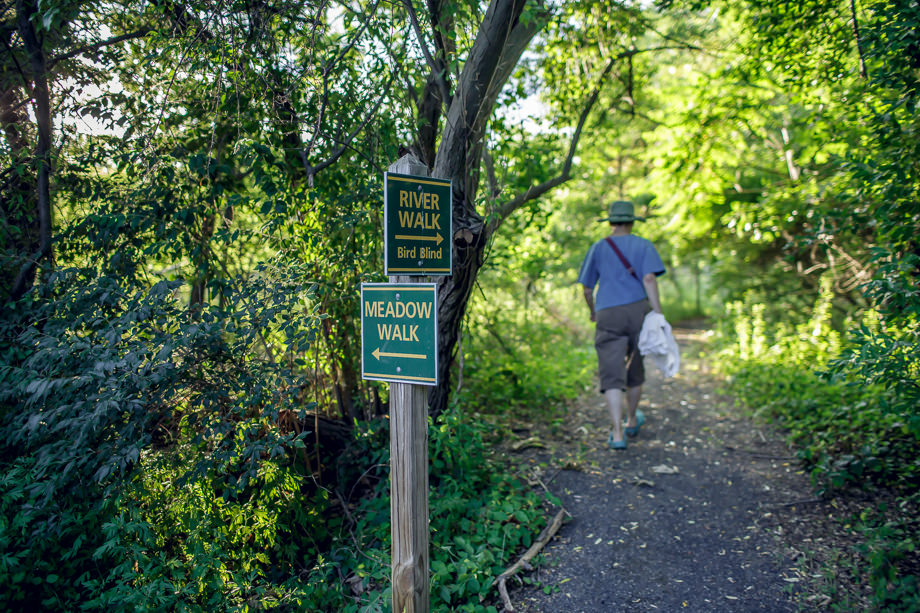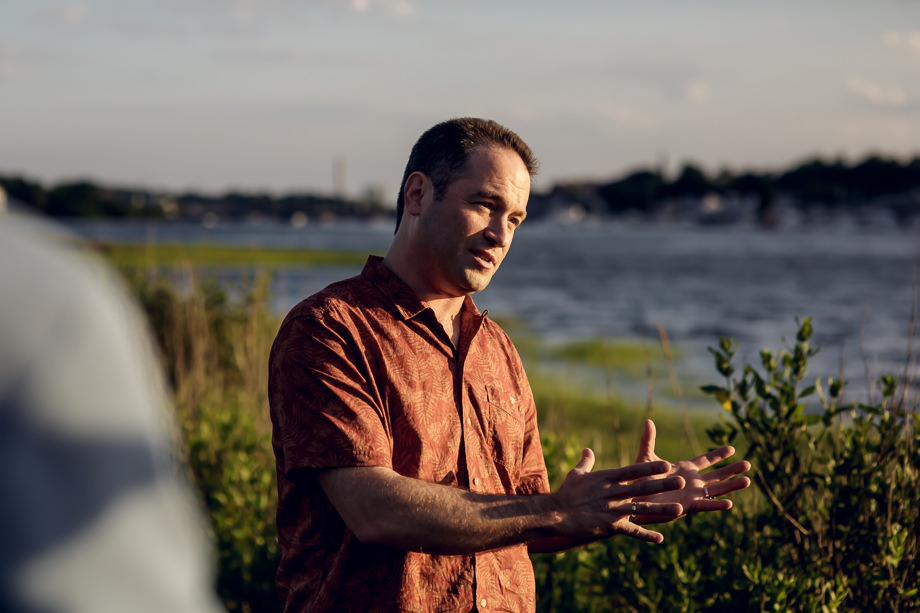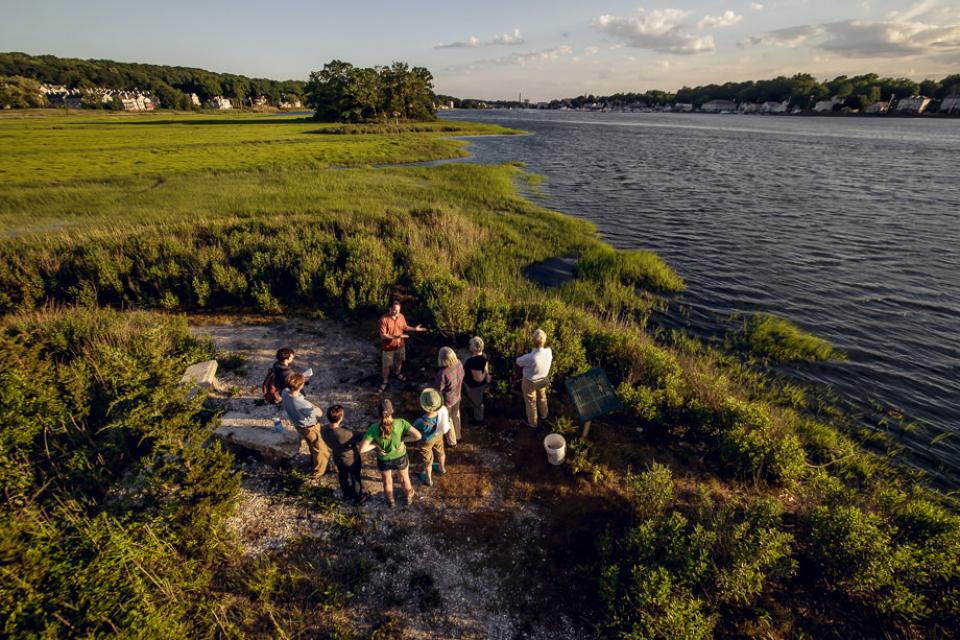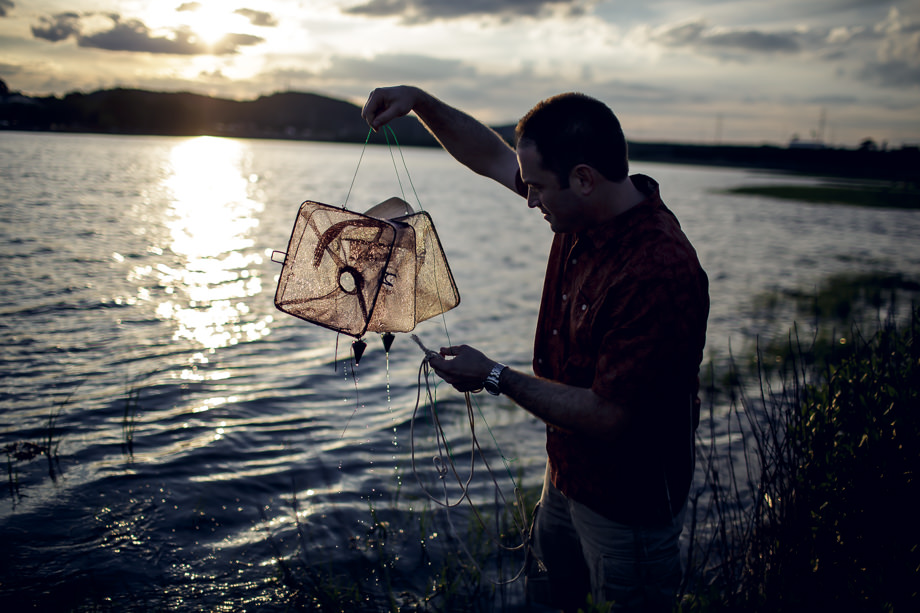Whether you’re launching a kayak, meeting in the conference room, dining at the café, working in your private office or preparing your 28-foot proline for a cruise in the sound…at the Quinnipiac River Marina, it all comes with an amazing view. Overlooking the Quinnipiac Estuary and Fargeorge preserve, views from the Marina are gaze-worthy, no matter what the season. In the summer, the landscape is enlivened by the marina’s nearly 50 boats, including two tiny houseboats – one a private summer cottage, and the other being transformed into a floating boating store that will sell bait, ice, gas and boat-related merchandise, slated to open in May 2017.

In the winter, the view features migratory waterfowl that flock en masse to the brackish waters to use the marshes for nesting – among them American black ducks, mallards and gadwalls.
Much like the river itself, the marina – located at 309 Front Street – may not be well known, but has much to offer. Each May, the marina hosts Riverfest, a community celebration bringing together hundreds of neighbors and friends for food, live music, craft beer tasting, canoeing and kids activities. Throughout the year, the on-premise Anastasio’s Boat House Café provides a casual maritime-themed environment, a great menu and, on warmer days, open-air dining on the deck with a view that can’t be beat. Of course the marina’s main goal is to get people out on the water. With 2,000 linear square feet of dock space, the marina accommodates boats of all sizes and types, and allows boat repair. For those preferring smaller craft, the marina offers kayak and canoe storage, rentals, and even guided tours of the estuary and marsh.
A Fair Haven native, the Marina’s owner Lisa Fitch has always had an affinity for the Quinnipiac. She describes the community as a diamond in the rough, with the river at its center. Lisa’s investment on the riverfront began in 2000, when she and her husband purchased land on Front Street and constructed a 10,000 square foot water’s edge building to house their business, New Haven Partitions.

In 2007, Lisa bought the adjacent marina, and the joint properties have been evolving ever since. Fitch added a restaurant in 2009, followed by a historically styled, mixed-use building housing the marina office and a studio apartment.
In 2011, New Haven Partitions shut its door and the building remained mostly vacant until 2014, when Lisa decided to make the building’s 12 rooms available as home-offices away from home. She said the inspiration came when local photographer Ian Christmann inquired about renting studio space in the building.
“I wanted something I could walk or bike too,” Ian said, who lives about a half mile away on the other side of the river, “but I got so much more…an amazing space with great views…not to mention the proximity to food and coffee next door.” Ian also said he continues to appreciate the commute, which, in warmer weather, he does by kayak whenever he can.
Today Ian shares the building with a diverse group of other small businesses, including an art therapist, magazine editor, web coders, three attorneys and a political consultant. With a waterside locale, free parking, a kitchenette, and affordable prices, Lisa said the offices tend to fill-up quickly. “We’ve got a great group of people here, and we rarely have vacancies for very long.”

The building’s lower level – a larger space that used to be the shop for New Haven Partitions – now serves as a processing and distribution hub for GreenWave, an ocean-friendly movement that empowers sea farmers to create vertical gardens of seaweed and shellfish – providing sources of food and fuel while restoring the ocean and mitigating climate change.
Pioneering the future of aquaculture, Greenwave is well positioned beside the Quinnipiac, a river whose ocean-farming history greatly shaped the surrounding community. In the early 1600s, the Quinnipiac’s rich oyster beds – harvested by the Algonquin tribe for centuries – brought European settlers to its shores. By the 1800s, Oyster operations became the community’s lifeblood, earning Fair Haven the nickname “Clamtown.” Over-harvesting and industrialization eventually took a drastic toll on the oyster industry, but the impact of the era remains evident in the architecture of the area. One of the most notable examples stood in the marina for decades: a charming, albeit derelict, oyster barge that, in the 1800s, operated in New York City as a floating oyster market.
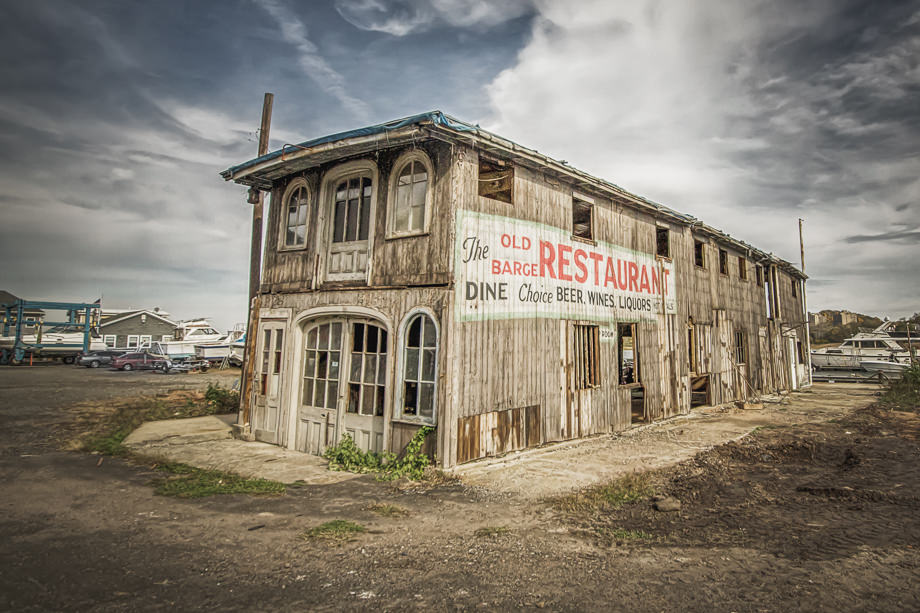
Retired from the sea in 1921, the barge was landlocked on the Quinnipiac, where it served as a prohibition-era speakeasy, then later a restaurant and dive bar, until falling into disrepair in the 1980s. Despite its condition and pressure to tear it down, Lisa viewed the building as a place worthy of preservation. Its significance was confirmed by retired Mystic Seaport researcher John Kochiss who identified the barge as the last surviving example of its kind. Fitch knew the cost of renovation exceeded her budget, still she hoped to see this unique piece of history saved.
Its salvation came in the form of two brothers from New York City with a passion for old boats and oysters. In partnership with the not-for-profit Maritime Foundation, the Pincus Brothers run the Grand Banks, a 1942 schooner turned boutique-restaurant that promotes nautical preservation and conservation through onboard exhibitions and lecture series.
The Pincus Brothers hope to replicate this living museum/restaurant model with the Quinnipiac oyster barge, which they purchased from Fitch for $1, carefully dismantled and stored, with a plan, pending funding, to bring it back to the East River and renovate it to its former glory: as a hot spot for great oysters.
As for the Quinnipiac River Marina, Fitch has considered selling the property and remains unsure about her long-term plans. But one thing is for certain, whether you come to the Marina to work, eat, or play, the view that greets you might just make your day.
Photos by Ian Christmann
